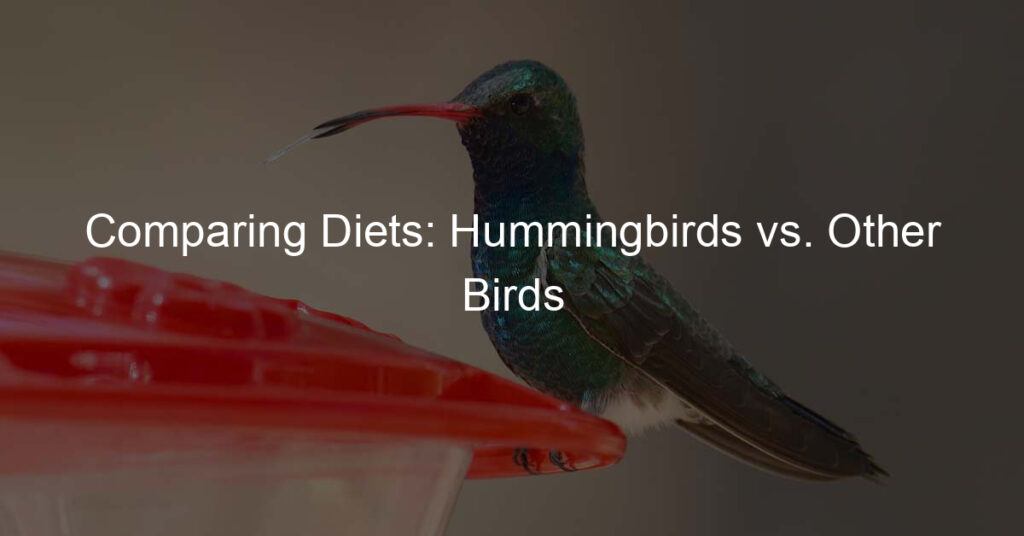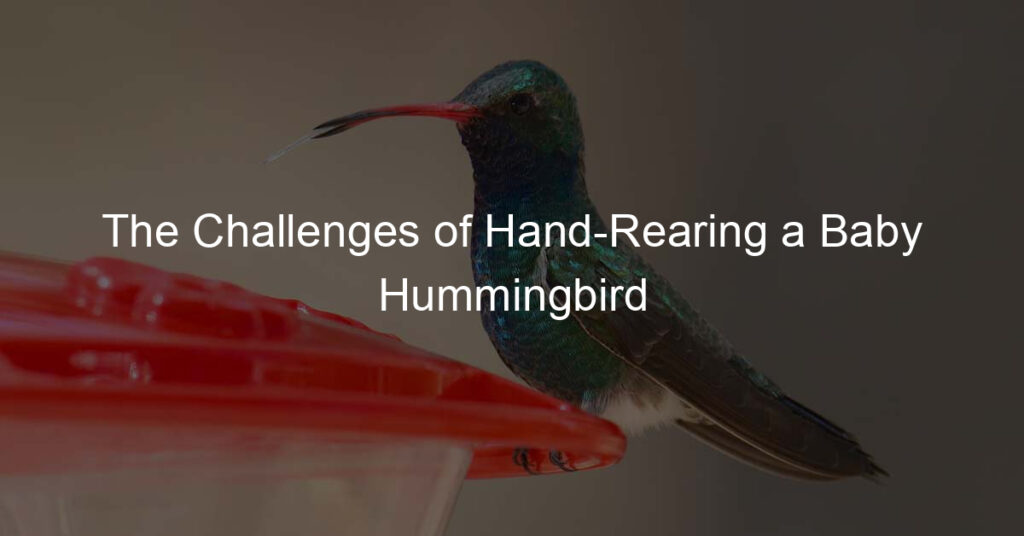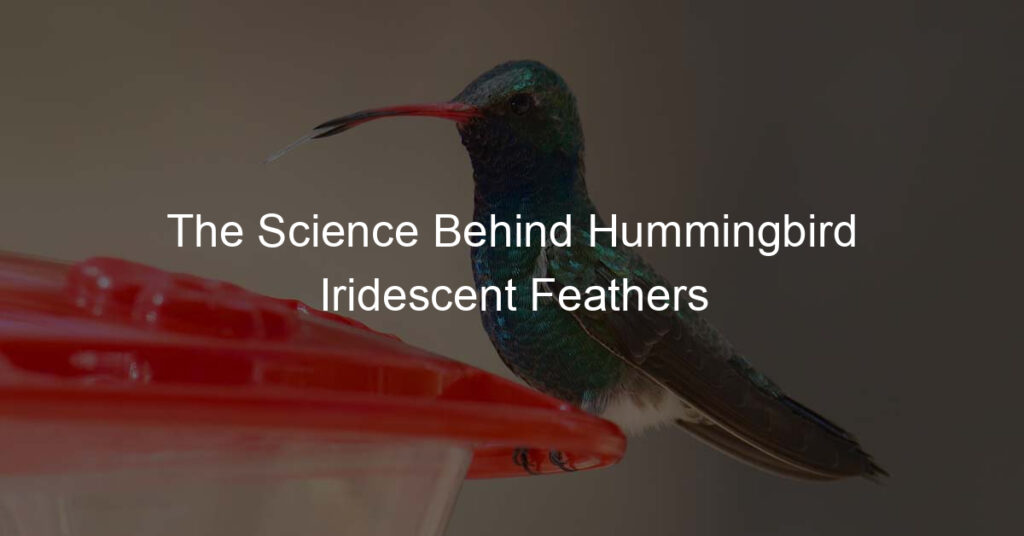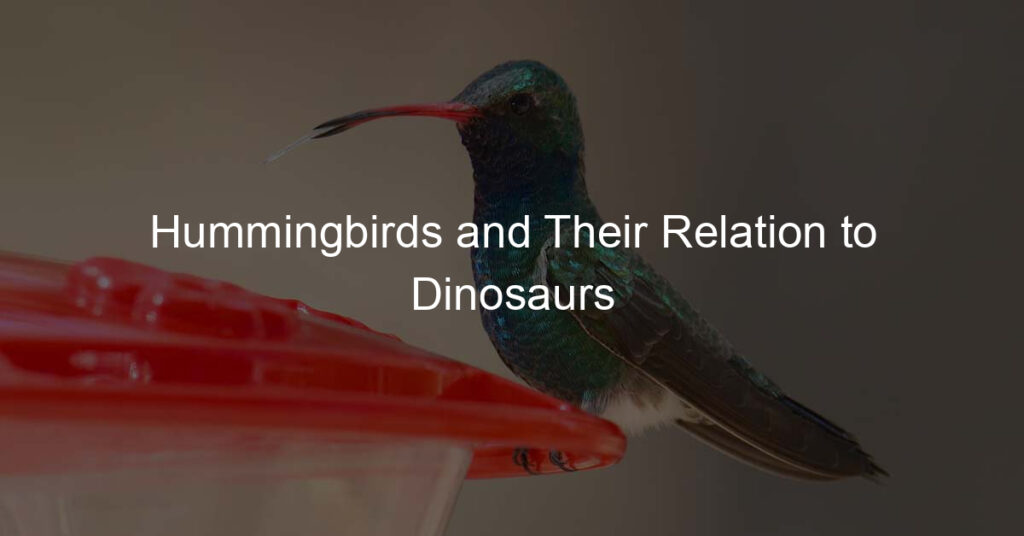Do you ever get the feeling that someone is watching you? Well, if you have a hummingbird garden, you may be right. Hummingbirds are territorial and will stake out their turf to ensure other hummingbirds know who’s boss. In this blog post, we’ll look are hummingbirds territorial and how hummingbirds use their behavior to protect their food sources and nesting areas. So, next time you’re outside enjoying nature, keep an eye out for these feisty little birds!
Are Hummingbirds Territorial?
Hummingbirds are small, colorful birds that live across North America. Each species of hummingbird has its unique behavior when it comes to protecting its food source and nesting area from intruders. For example, the Rufous hummingbird is known for being incredibly territorial during the breeding season, fiercely defending its territory with aggressive dives and warning chirps.
Similarly, male ruby-throated hummingbirds have been observed aggressively chasing away other males from a feeder to maintain dominance over their tiny domain!
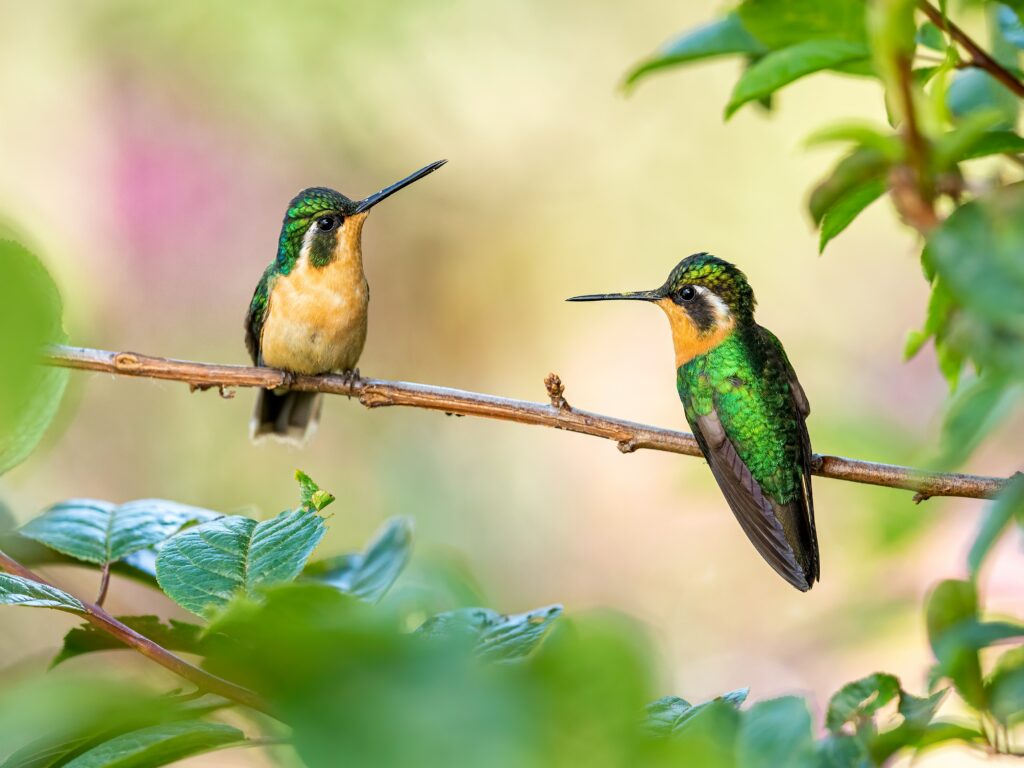
Learn More: 6 Best Hummingbird Feeders To Keep Bees Away
Hummingbird Feeders And Territorial Behavior
Hummingbird feeders can attract multiple species of these tiny birds to your yard, but they can also be a source of contention among them. Multiple feeders in one yard can cause competition between hummingbird species as they try to protect their food sources from being taken by another species. Male hummingbirds will often establish dominance over multiple feeders with aggressive behavior and warning chirps, as female birds only defend their nesting area.
Female Hummingbirds Territorial Behavior
Even though female hummingbirds are less likely to engage in territorial behavior than males, they still take measures to protect their nests and feeding grounds. During the breeding season, female birds become much more protective of their territory and may aggressively chase away other females who venture too close. Additionally, female hummingbirds may build several nests in different areas and may aggressively defend each one.
Learn More: How To Feed Hummingbirds In Freezing Weather?
How To Manage Multiple Hummingbirds Territorial Behavior?
If you have multiple hummingbird feeders in your yard, it’s important to know how to manage the territorial behavior of these tiny birds. Providing several feeders in different areas can help reduce competition between male hummingbirds as they won’t have to fight over a single food source. Additionally, adding more hummingbird feeders will attract more birds, meaning there is less competition for food and nesting areas among the species. Finally, creating barriers around the feeding area can help attract fewer male hummingbirds and reduce their aggressive behavior towards other species.
How Do Hummingbirds Protect Themselves?
The hummingbird is fiercely competitive and fights frequently scouting for the food supply. This bird is not very large, but it is well-equipped to fight and protect the territory of other hummingbirds. Huckabee bills have been designed to access nectar in tube flower shapes, but the blade shape also gives them an effective weapon when fighting or protecting against opponents.
They can also target larger birds by using their incredible speed or sharp bill. Hummingbirds are very swift, very agile, and extremely able for fighting. The dominant bird is capable of having short feet to catch the bill as they eat food in flower feeders.
Learn More: Do Hummingbirds Like Begonias?
Are Hummingbirds Aggressive Toward Humans?
Hummingbirds can aggressively target humans, but they’re unlikely to attack you. Often these people would merely shake their heads to scare you away by trying to intimidate and scare you. Usually, you will be near hummingbird nests and mom hummingbird comes out and chases them away from you. Depending on how much the hummingbirds like to eat from the feeder, they can get quite anxious waiting to eat it. The bird can even be seen circling your head during the process of adjusting the feeder.
The Ways Hummingbirds Show Aggression
Hummingbirds are typically seen as small and gentle creatures, but they can show aggression when threatened. While their behavior can be unpredictable, understanding the ways that hummingbirds display aggression can help birders protect themselves and their birds. Let’s take a look at the different types of aggressive behavior that hummingbirds can exhibit.
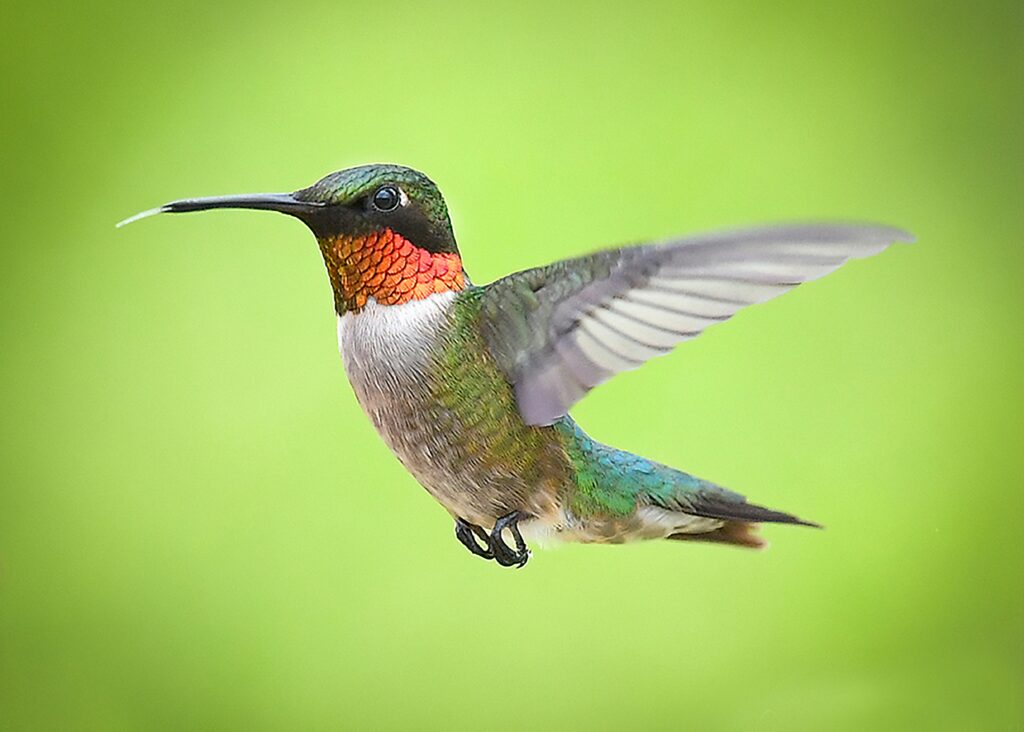
Feather Ruffle And Flutter Display
Hummingbirds will often fluff up their feathers to make themselves appear larger to intimidate potential predators or intruders. This display is often accompanied by an aggressive flight pattern where the bird will dive down rapidly or fly directly toward the intruder. Chasing is another form of aggressive behavior that hummingbirds may use to defend their territory from other birds.
Learn More: Do Hummingbirds Pollinate?
Threat Displays
Hummingbirds may also use a threat display to ward off perceived threats, which involves opening their bill wide and raising their feathers as if preparing for battle. This display is most commonly used when male birds are protecting their territories from other males during mating season, but it can also be seen when female birds are defending nest sites or food sources. If a threat display does not work, then a hummingbird may resort to physical contact such as pecking or clawing at the intruder to drive them away.
Vocalizations
While hummingbirds do not chatter like other birds, they do have vocalizations that they use to communicate with each other and warn off potential threats. These vocalizations include chirps, clicks, squeaks, and whistles that can be heard up close if you listen carefully enough (but don’t get too close!). Additionally, some species of hummingbird may even snap their bills together loudly to startle potential predators or intruders away from nesting areas or food sources.
Do Hummingbirds Fight To The Death?
Hummingbirds avoid physical fights a little more because they are more likely to be injured. Sometimes the battle is enough to resolve disputed territory. However, in fights, this bird will normally return when serious injuries or deaths occur. Hummingbirds often killed each other in battles.
These birds have fast metabolisms and need to eat regularly. In a situation of poor availability of food, a subordinate hummingbird might have the chance to die when food has not been supervised by an individual.
Learn More: How Long Do Hummingbirds Live
Conclusion
Hummingbirds may look delicate but don’t let appearances fool you—these tiny birds can be fiercely territorial! During the breeding season, hummers will defend their feeding grounds from other birds and use vocalizations as a warning system against intruders. However, during migration periods these same birds gather together in large flocks as they seek warmer temperatures and plentiful food sources further south.
So while hummers may show signs of aggression when defending their territories, it helps them survive during difficult times like winter migration!



